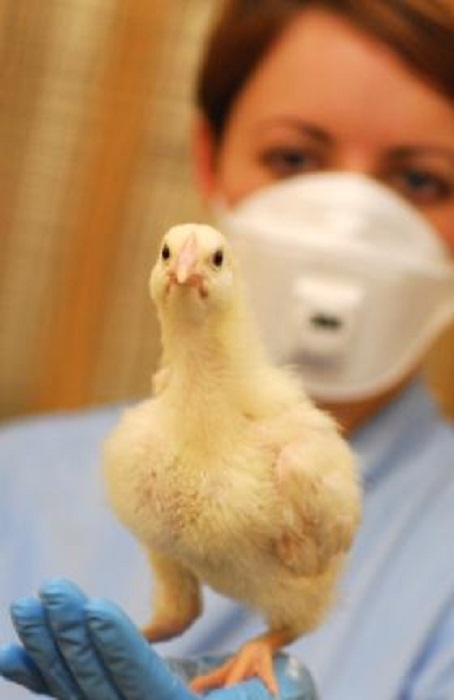Researchers are seeking to develop tests to spot emerging strains of avian influenza (AI) which are categorised as mild but have the potential to become more dangerous, to help assess and mitigate the likely risks to poultry.
Their study will focus on several types of AI viruses that are not presently categorised alongside severe strains known to be a threat, but which are linked to recent outbreaks of infections with severe symptoms, high death rates, and which pose a risk to public health.
Outcomes from the three-year, €1.2 million project could help identify risks associated with emerging strains, so that those with high potential for disease can be managed appropriately.
They could also contribute to ongoing worldwide surveillance measures for AI, which is a major challenge for the poultry industry.
The international team behind the project will seek to determine the biological factors that enable some low-risk strains of flu to become more harmful.
Researchers will manipulate the RNA of strains of flu in the lab, to try to pinpoint the genetic code linked to a risk of serious disease.
The team may be able to compare the impact of typically low-risk strains of flu with those that have evolved to become more harmful.
They will also investigate how these viruses interact with poultry and wild birds, to better assess the potential risks from viruses that pass between the two groups.
Experiments will test the impact of the strains on various tissues, to check for signs of severe disease that would be expected to occur in domestic or wild birds.
“Bird flu is a major challenge and concern for the poultry industry,” said Professor Lonneke Vervelde of the Roslin Institute in Edinburgh. ” We know that mild H5 H7 strains can become very dangerous, but it is becoming clear that other mild strains are, to our surprise, becoming more virulent. It is critical that we seek to better understand the risks associated with these potentially harmful viruses.”


